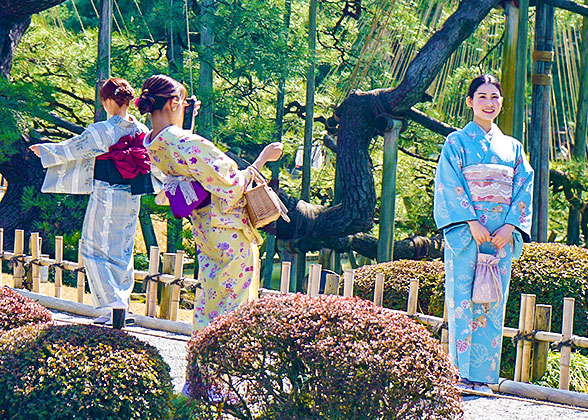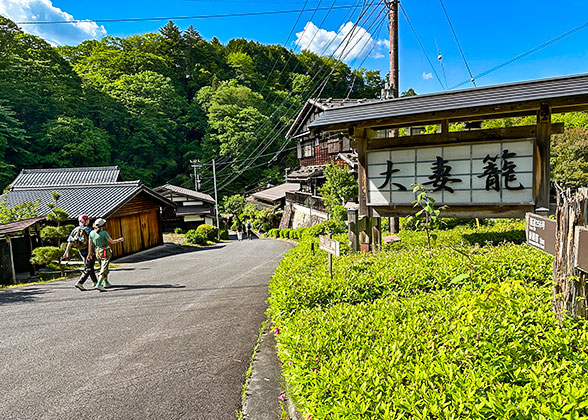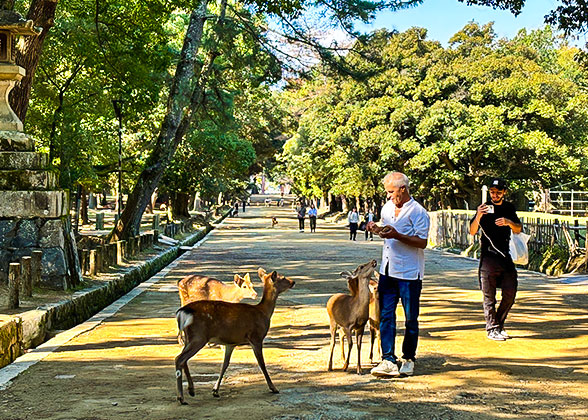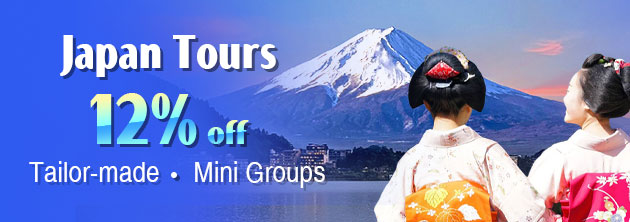Yutoku Inari-jinja Shrine
Yutoku Inari-jinja Shrine, or Yutoku Inari Shrine, is located in Kashima, Saga. Built in 1687, it is one of the three greatest Inari Jinja Shrines in Japan, along with Fushimi Inari Taisha in Kyoto and Kasama Inari Shrine in Ibaraki.What is an Inari Jinja Shrine for?
Inari Jinja Shrine was originally built for praying for harvest. “Inari” is named after the first Inari Shrine’s location, and it happens to sound like “rice grows” in Japanese. Now there are around 30,000 Inari Shrines in Japan, which makes Inari Shrine the most in quantity throughout Japan. People come here to pray for all kinds of things: a good career, family happiness, harvest, and travel safety.The grand Yutoku Inari-jinja shrine attracts around 3 million visitors each year. The shrine occupies a quite expansive area from the foot of Mt. Iwakabe to the top of it and stands firmly leaning the mountain thanks to its strong and well-designed construction.
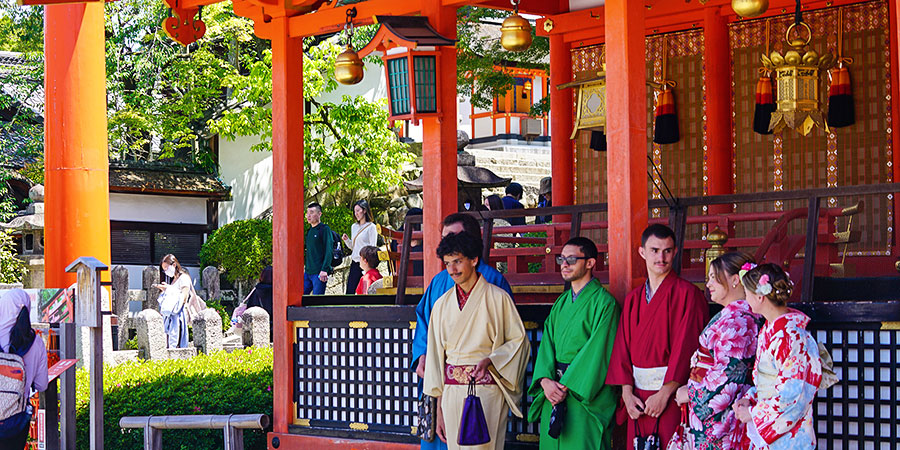
Yutoku Inari-jinja Shrine
|
Most Impressive Spots in Yutoku Inari-jinja Shrine:
Fox Statues:
You may find a lot of fox statues when visiting the shrine. At the entrance of the shrine, there are two fox statues standing on each side. One of them is holding the keys to barns in its mouth, and the other is holding a pearl. The fox statues symbolize abundance of foodstuffs and wealth.In fact, all Inari Jinja Shrines accommodate fox statues because foxes are disciples of Inari Gods. Besides, the foxes are originally colored white and red since Japanese people believe those holy white foxes with their red accessories can dispel evil spirits and prevent illness.
Main Shrine Hall:
The lacquer-painted magnificent shrine hall is built on an 18-meter-high (60 feet) wooden platform. To save your strength, you are advised to pay 300 JPY for taking the escalator to get to the main shrine. If taking the stairs, you need to climb 117 steps. The main shrine honors three Inari gods who are in charge of people’s daily necessities. Inside the shrine, delicate and gorgeous colorful frescos are painted on the rooftop.Lines of Numerous Torii:

Yutoku Inari-jinja Shrine Torii Gates
|

